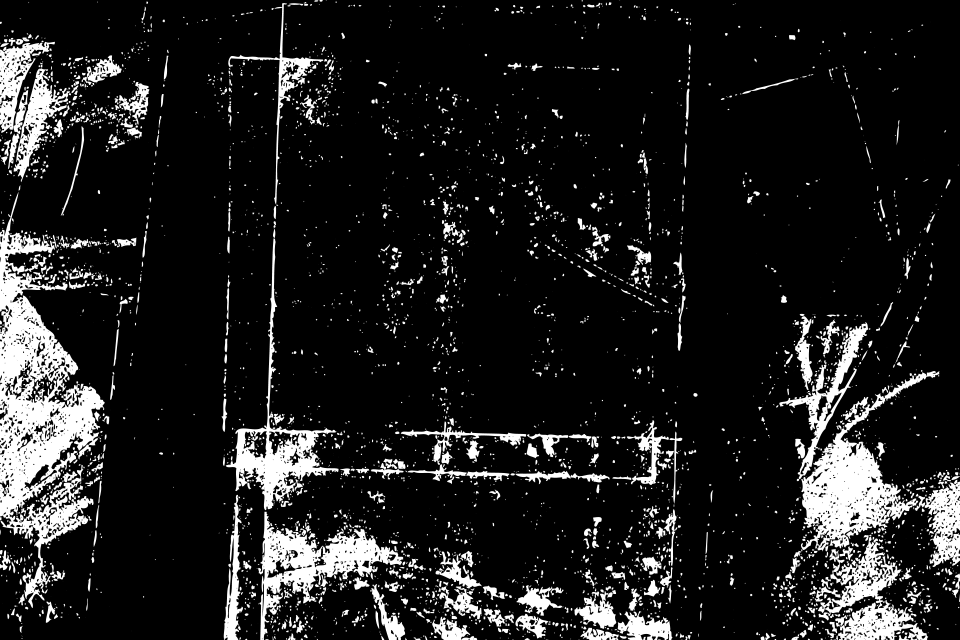It’s taking time to get rolling in 2017, that’s for sure. Looking back on work and design in 2016, a lot was packed in. There definitely was burnout and there was a need to recharge. I took a solid chunk of time off from the 23rd to the 4th which was quite wonderful. There was still work that needed to be done for a few projects but at least I wasn’t in full-on work mode.
Most of 2016 was full-on and then some. Learning new things, managing complex collaborations, and pushing the quality of design all led to a depleted well. There was a general lack of patience coming from me in the day-to-day. I was tired of doing proposals, tired of getting the vectors pixel perfect, tired of explaining the design rationale, and tired of searching for the creative spark. And for damn sure, tired of responding to emails. It also didn’t help matters the country was set to be entirely run by people who want to roll back progress in big huge ways. But I digress.
Taking a sober look at 2017, I’m starting to feel the spark again. The energy is getting back to high-burning levels. The strength to push through boldly I feel is almost fully back. Running a design business teeters back and forth between exhaustion and exhilaration. It will always be like that. It’s the designer’s responsible to manage the back and forth in the best possible way.
For me, a consequence of being too close to exhaustion was a lack of thoughtful writing about working as a designer. The journaling and the introspection stalled. Instead, what’s being put into that previously occupied mindspace is how to effectively use design to battle Trump and his cronies in the resistance age. I know, it may sound naive to think design can play any part, but I think it does. Myself and designers across the country are getting ready for the next four years—design, activism, creativity, politics, posters, art, marching, and so on.
For the purposes of this blog, I could see the thought processes involved in the work to come a prime focus, under the frame of “What Next?” The journaling will still be here, as it comes, because it makes the work better. Aside from that, we’ll just have to see how things go. Regardless, what’s shared will be honest and from the heart.
Here’s to the exhilaration.





